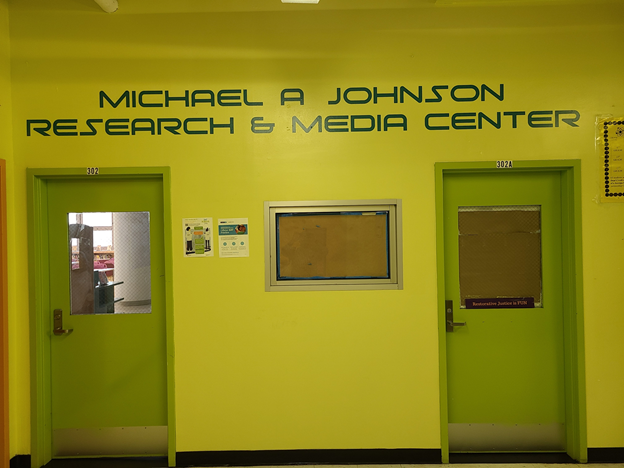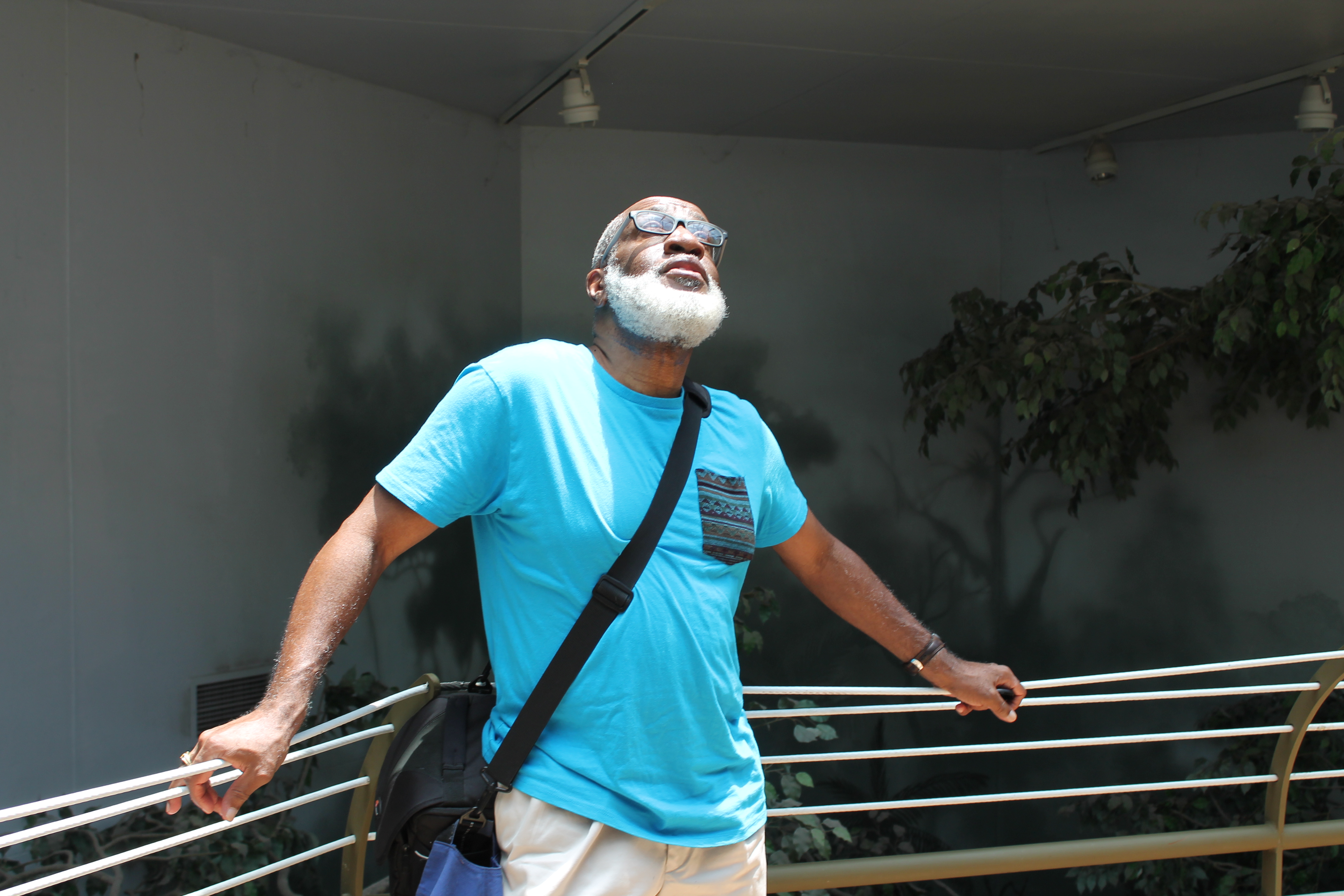On Sunday, July 25, 2021, one of the most dedicated African-American freedom fighters journeyed to that ancestral work-space to continue his efforts with the many other fighters for Black political freedom; those recognizers of each person’s natural human right to obtain the greatest intellectual capabilities possible.
There were two people in my life who, upon only meeting them once, we realized in both cases that our pedagogical efforts to liberate the minds of the disempowered and disregarded children of our nation was to empower those children with the knowledge and skills of a S.T.E.M. (Science, Technology, Engineering, and Mathematics) education. One of those individuals was Jamie Escalante (“Stand and Deliver”), and the other was Bob Moses (“Radical Equations: Civil Rights from Mississippi to the Algebra Project”). Interestingly, they both focused on mathematics, while my particular focus was on S.T.E.M. education generally. But there was no conflict of ideology or purpose, for I have always affirmed that mathematical literacy was the key to opening the door of opportunity for science, technology, and engineering careers.
Specifically, with Bob Moses, I agreed that the proficiency level in “Algebra 1” was the great gatekeeper-determiner that allowed, hindered, or disallowed students from pursuing higher-level science and mathematics courses in high school, and later the ability to successfully pursue a S.T.E.M. major in college. This reality I understood clearly from the experiential knowledge I gained from spending 11 years as a high school principal. The students who mastered Algebra 1, either in the eighth grade or in the ninth grade, were on a solid track to be able to take calculus or A.P. calculus in high school (the best place to take your first or second calculus course); this high school calculus taking then set them up well to meet and master those very hard “calculus for engineers” or “calculus or physics for science majors” courses when they stepped onto a college campus.
But the other uniquely extraordinary greatness about Bob Moses is that he understood and made the critical linkage between mathematics education and the political struggle to affirm all children’s inherent gifts, talents, and called purpose in life. In all of my 40+ plus years in education, I can honestly declare that there is no more assured, confident, and sense-of-empowerment student personality than that which is found in the cohort of Black and Latino students who attain mastery level in their S.T.E.M. education! The best antidote to societal dismissal and disentitlement is S.T.E.M. learning empowerment. You can change the history curriculum all you want (and for sure, it requires profound changes). However, as long as Black and Latino children are effectively kept out of the S.T.E.M. learning universe, they will remain second-class students, acquiring a second-class education, even if they live in a “first world” nation like America.
We can now add Bob Moses’s name to the ‘ancestral working group’ list of those great African leaders throughout the diaspora, people like Amílcar Cabral (Agricultural Engineer — Guinea-Bissau) and Cheikh Anta Diop (Physicist-Anthropologist — Senegal), who believed that political freedom and independence was inseparable from the ability to exercise the primary building tools of development and self-reliance fully; and that skilled resource is having a S.T.E.M. educated mind exposed to and enhanced by a quality S.T.E.M. education.
Michael A. Johnson is a former teacher, principal, and school district superintendent. He led the design, development, and building of two Science, Technology, Engineering, and Mathematics—Career Technical Education (S.T.E.M.—C.T.E.) high schools: Science Skills Center High School, N.Y.C. and Phelps Architecture, Construction, and Engineering High School, Washington DC. An author of a book on school leadership: Report to the Principal’s Office: Tools for Building Successful High School Administrative Leadership. And he is presently completing his second book on school administration and leadership: Report From The Principal’s Office (Fall/2021).

